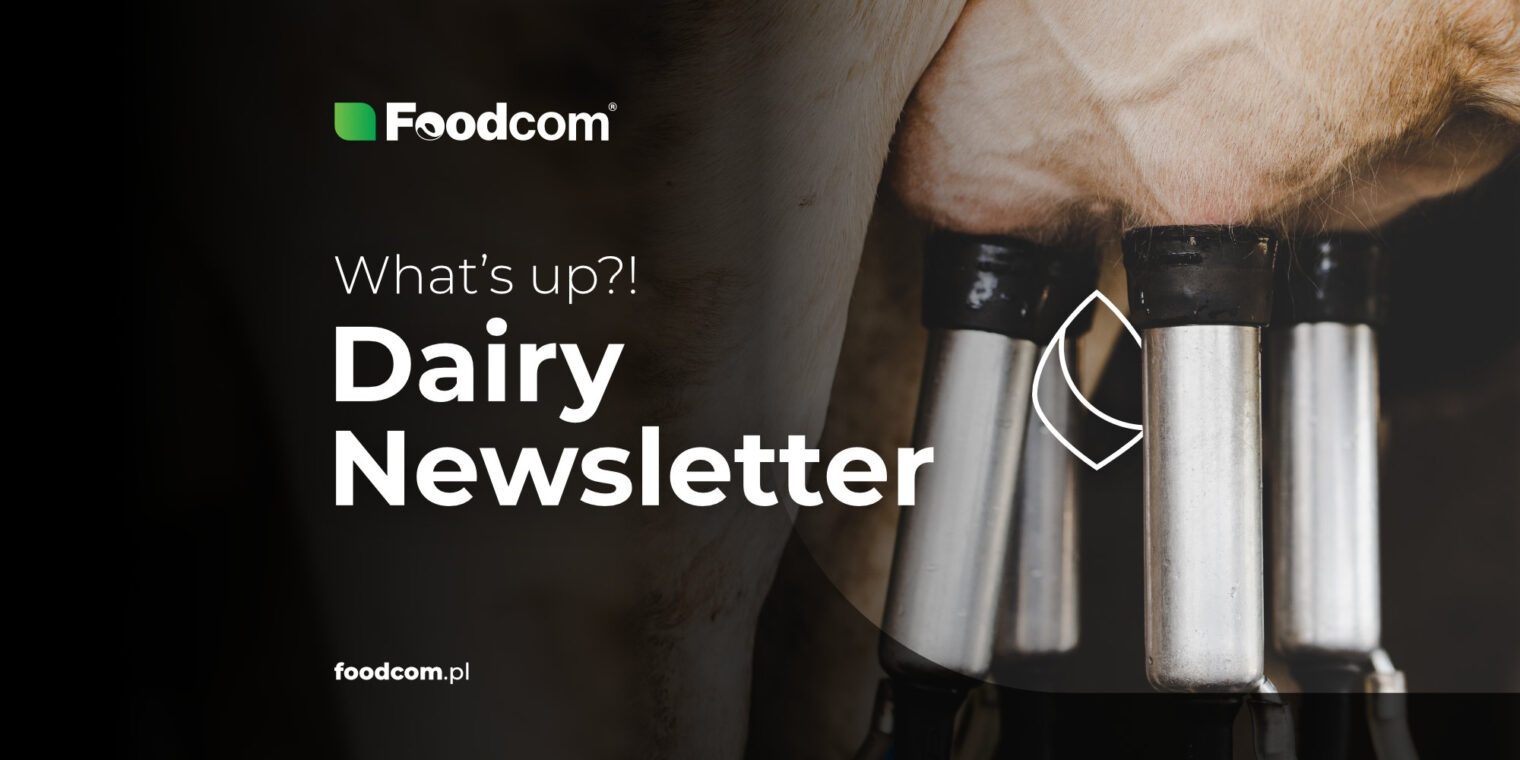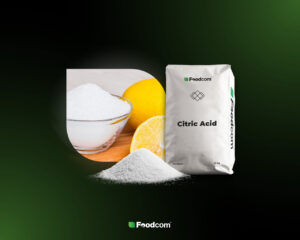Resumen
Índice
This is our summary of the week 19 on the European dairy market divided into 4 main categories.
Powders
It’s hard to find SMP below 2.55 EUR/kg EXW – moreover, most producers are in a quite comfortable situation as most of the volumes are sold out. Both internal and export demand is strong. Many contracts are being closed. Companies are more confident with the products as lockdowns are finishing and holidays are starting. Ice cream production surely plays a role. Furthermore, Ramadan has come to an end, which should result in increased interest in purchases from outside the EU. Pricing of FCMP is consistent. The domestic demand is steady, and the export is continuously growing thanks to the season’s ending in the Oceania. SWP quite stable at the level around 990-1030 EUR/MT. Availability is scarce, what should push the price higher up. WPC 80 is a topper right now and the price does not cease to increase.
Cheese
We can clearly see that the Horeca is finally getting active again. After weeks of stillness, the amount of inquires for Dutch type cheese is constantly increasing.
The situation is also true for Cagliata, as well as Cheddar.
Mozzarella is also reviving, and we can see demand from Europe as well as export destinations. This results in strengthening of the price. We have stars in our eyes regarding the future of the cheese market.
Butter
After weeks of calm situation on butter market, we can finally see some movement.Many end-users started to fill their stocks. According to producers, the demand for butter cubes is higher. German producers keep butter prices above 4 EUR/kg EXW. Furthermore, offers for Dutch butter are at the level of 4.10 – 4.15 EUR/kg with a prompt collection. Butter in Poland held its price for another week, mainly due to the relatively high cost of cream and thus fresh butter production is approx. at 3.95 EUR/kg EXW PL.
There is an increasing tendency on the market. Mainly due to fact that not too much product is stored. Moreover, the weather is getting warmer, which will result in a smaller amount of milk and cream produced. Oceania is finishing their season which will result in increased export interest for Europe.
Liquids
Last week each liquid was in-game. In some parts of Europe, milk collection peak has already happened, while in other we are just there. Anyway, in a few weeks the whole continent will be well beyond this point. The appetite for raw milk and cream is rising and so is the price. They are consumed with fresh veggies and fruits. On the other hand, the supply for SMC and SWC is bigger, so the price dipped a bit.
Categorías:










